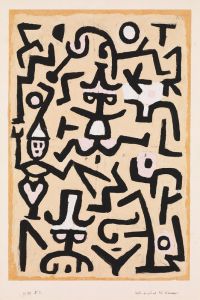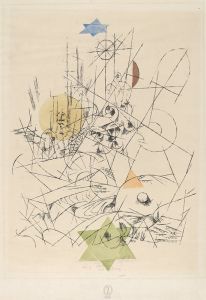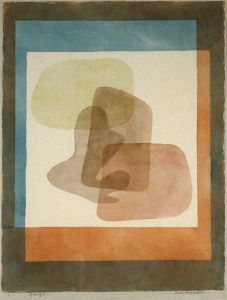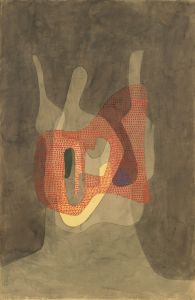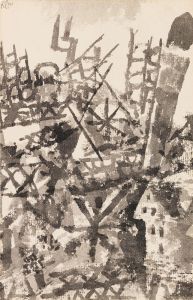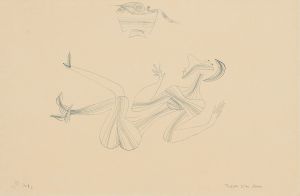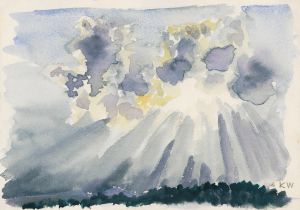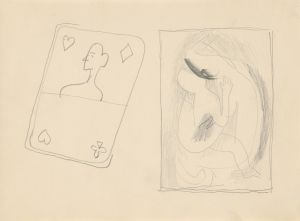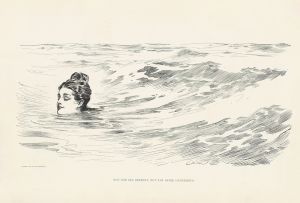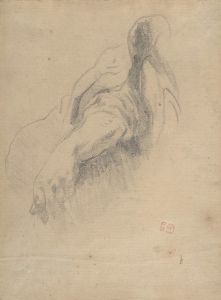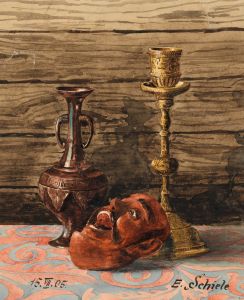
Obertöne
A hand-painted replica of Paul Klee’s masterpiece Obertöne, meticulously crafted by professional artists to capture the true essence of the original. Each piece is created with museum-quality canvas and rare mineral pigments, carefully painted by experienced artists with delicate brushstrokes and rich, layered colors to perfectly recreate the texture of the original artwork. Unlike machine-printed reproductions, this hand-painted version brings the painting to life, infused with the artist’s emotions and skill in every stroke. Whether for personal collection or home decoration, it instantly elevates the artistic atmosphere of any space.
Paul Klee, a Swiss-born artist, is renowned for his unique style that blends elements of expressionism, cubism, and surrealism. One of his notable works is "Obertöne," which translates to "Overtones" in English. This painting is a reflection of Klee's deep interest in music and its relationship with visual art, a theme that recurs throughout his oeuvre.
"Obertöne" was created during a period when Klee was heavily influenced by his experiences at the Bauhaus, where he taught from 1921 to 1931. The Bauhaus was a revolutionary art school in Germany that sought to unify art, craft, and technology. Klee's time at the Bauhaus was marked by experimentation and a deepening of his theoretical understanding of art, which is evident in "Obertöne."
The painting is characterized by its abstract forms and a harmonious blend of colors, which are reminiscent of musical overtones. Klee often likened the use of color in his paintings to musical compositions, where different tones and shades create a symphonic effect. In "Obertöne," Klee employs a range of colors that seem to vibrate and resonate with each other, much like the overtones in music that enrich the fundamental tone.
Klee's approach to art was deeply influenced by his belief in the interconnectedness of all forms of art. He was an accomplished violinist and often drew parallels between music and painting. In "Obertöne," this connection is evident as the composition suggests a rhythmic and melodic structure. The painting does not depict any recognizable objects or scenes but instead invites viewers to experience it in a manner similar to listening to a piece of music.
The abstract nature of "Obertöne" is typical of Klee's work during this period. He was known for his ability to convey complex ideas and emotions through simple forms and colors. Klee's use of geometric shapes and lines in "Obertöne" creates a sense of movement and dynamism, drawing the viewer into a contemplative state.
Klee's work, including "Obertöne," is often seen as a bridge between the representational art of the 19th century and the abstract movements that dominated the 20th century. His innovative use of color and form has had a lasting impact on modern art, influencing countless artists and movements.
"Obertöne" is a testament to Klee's mastery of color theory and his ability to translate musical concepts into visual art. The painting exemplifies his belief that art should not merely replicate reality but should instead evoke an emotional and intellectual response from the viewer.
Today, Paul Klee's works, including "Obertöne," are celebrated for their originality and depth. They continue to be studied and admired for their innovative approach to form and color, as well as their ability to transcend traditional artistic boundaries. Klee's legacy as a pioneer of modern art remains influential, and his paintings are held in high esteem in museums and collections worldwide.





